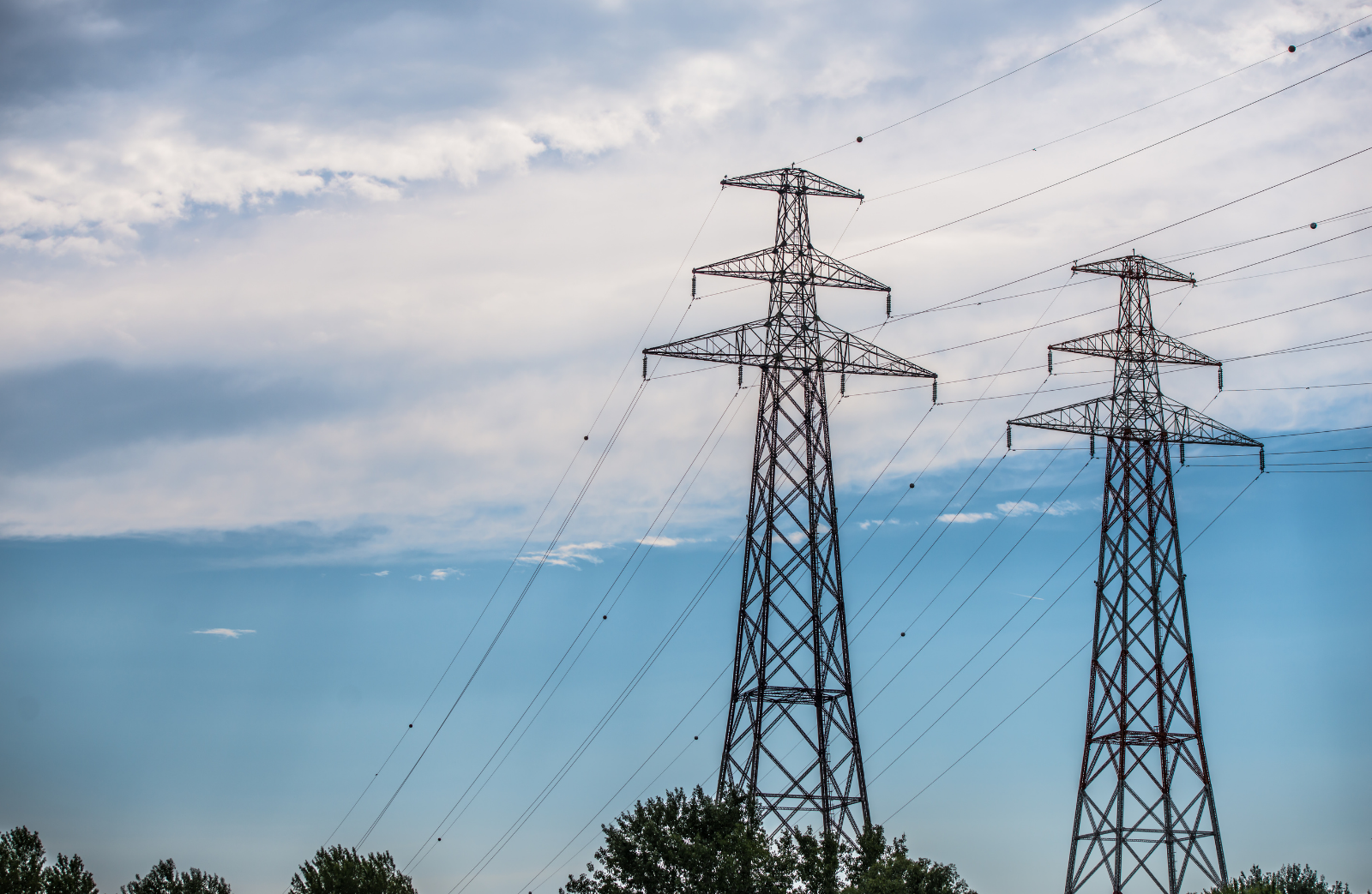An electric power supply has three main stages that include GENERATION, TRANSMISSION, AND DISTRIBUTION. Every stage has its unique production processes, activities, and hazards.
Transmission lines are mostly exposed to harsh environmental conditions, causing various types of failures. Thundering, rain, lightning phenomena, flashover, winter ice, fog, fog stick on the insulator, and pollution cause poor contact insulators and transmitters.
There are many hazards related to high voltage power lines. Electricity can be critical for surrounding. One of the main hazards during the transmission of power is electrocution.
The majority of transmission line defects can result in the flow of high current associated with short circuits. Due to this, there are increased chances of fire, damage to the equipment, an imbalance of the power supply etc. Thus, there is a need for the protective system to be installed in the electric power system, which can protect the transmission lines and various equipment from being damaged.
We help our energy clients deliver uninterrupted power with start-to-finish support for transmission line engineering initiatives including transmission line design, upgrades, uprating, corridor routing, retrofits, and more.

